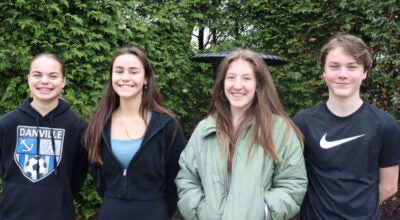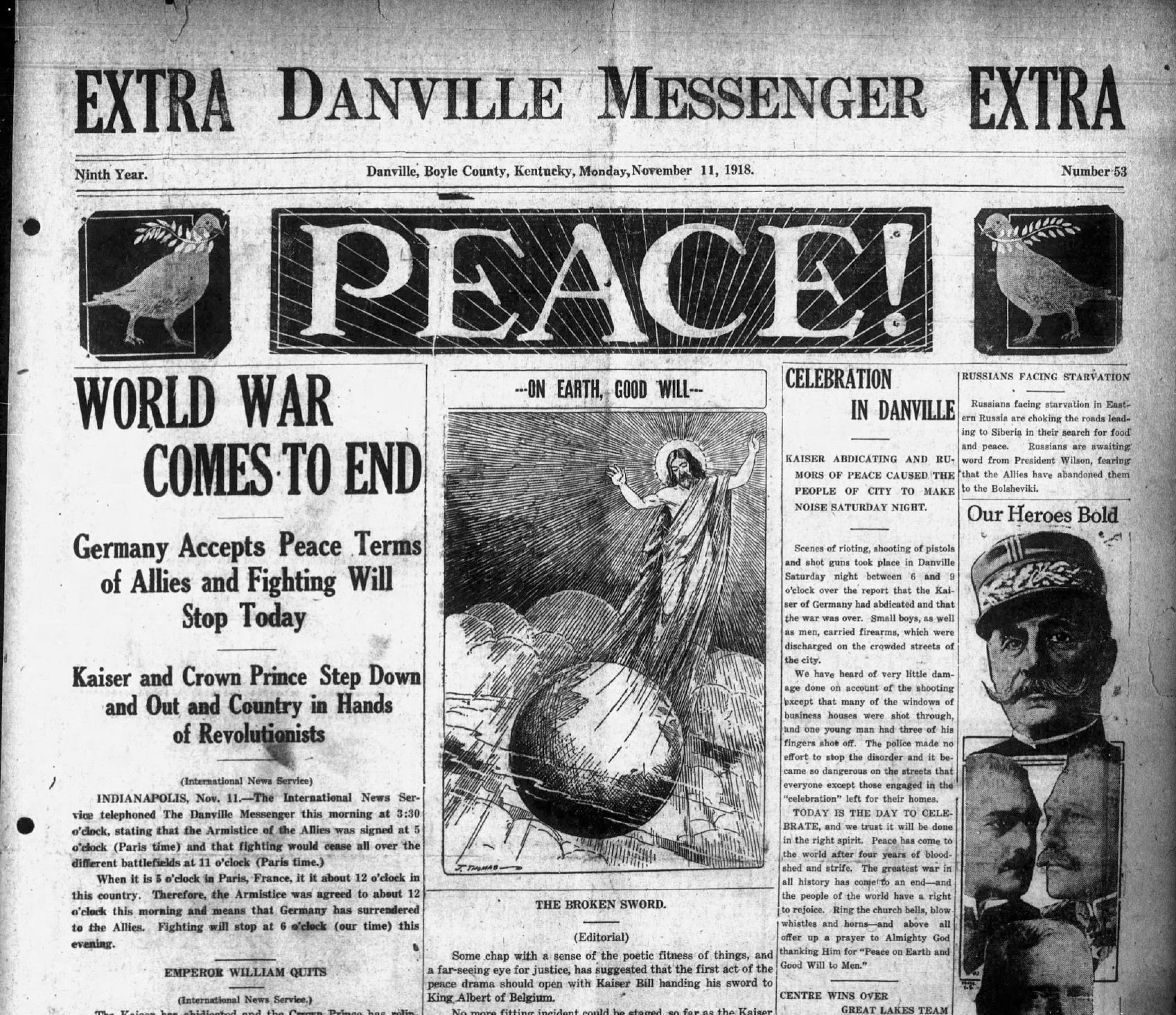Ag notes
Published 5:08 pm Tuesday, July 11, 2017
Summer tips for beef cattle
Beef cattle production is a year-round job. There are certain things you can do to make things more organized, whether you have a spring-calving or a fall-calving herd.
For the spring-calving herd, you may want to consider cutting warm season grass pastures for hay. Fescue pastures tend to go dormant in July and August, so look for alternatives like warm-season grasses during this time period. You’ll want to try to keep young calves gaining weight. Use pastures that you cut for hay; they’ll have higher quality regrowth when it is available.
Mid-July, when you are removing your bulls, is a good time to deworm cattle. Re-implant calves that were implanted at birth. Go ahead and vaccinate calves for blackleg, if you haven’t already done so. While cattle are gathered, you may use a spray or a pour-on for flies to supplement other fly control methods. Remember to work cattle early in the morning when it is cool and handle them gently to minimize stress.
Continue to watch for pinkeye and treat if necessary. You can minimize problems by clipping pastures, controlling face flies and providing shade. Monitor the bulls’ activity and physical condition as the breeding season winds down.
Remove bulls from the cow herd by the end of July and keep them away from the cows. A short calving season can concentrate labor. It’s a good idea to group calves by age, so it is easier to find a convenient time to vaccinate, castrate, dehorn, and provide a more uniform group of calves at market time.
For fall-calving herds, deworm cows in mid-July. Fall-calving cows should be dry and pregnant now. Their nutrient needs are minimal, and they can be maintained on poor pasture. Keep a good free-choice mineral mix available at all times. These cows are regaining body condition after a long winter feeding period. Get ready for fall calving and plan to have good pasture available at calving and through the breeding season.
For stockers, you should sell heavier grazing cattle before their rate of gain decreases or they get into a heavyweight category. This will also relieve grazing pressure as pasture growth diminishes. You can replace them with lightweight calves after pastures recover.
You need to rotate lighter cattle on pasture to grass-legume or warm-season grass pastures to maintain a desirable level of performance. Reimplant these calves and deworm them with a product that is effective against grubs.
In general, it’s a good time of year to have forage analyses conducted on spring-cut hay and have large, round bales covered. You can begin planning the winter feeding program now. Most of the hay was cut late this year due to a wet spring, but a dry period permitted it to be put up without getting it rained on, so overall, it has not been a bad haying season.
Be sure your animals always have clean water, especially in hot weather. Make routine checks of the water supply. Cattle need 13 to 20 gallons of clean water daily in hot weather.
Maintain a weed control program in permanent pastures and continue to “spot-spray” thistle, honey locust, etc. Check pastures for downed wild cherry trees after storms; wilted wild cherry leaves are toxic to cattle. Start soil testing pastures to determine fertilization needs for this fall.
Contact the Boyle County Cooperative Extension Service for more information about beef cattle production.
Educational programs of the Kentucky Cooperative Extension Service serve all people regardless of economic or social status and will not discriminate on the basis of race, color, ethnic origin, national origin, creed, religion, political belief, sex, sexual orientation, gender identity, gender expression, pregnancy, marital status, genetic information, age, veteran status, or physical or mental disability. University of Kentucky, Kentucky State University, U.S. Department of Agriculture, and Kentucky Counties, Cooperating.
Jerry Little, County Extension Agent for Agriculture/Natural Resources





